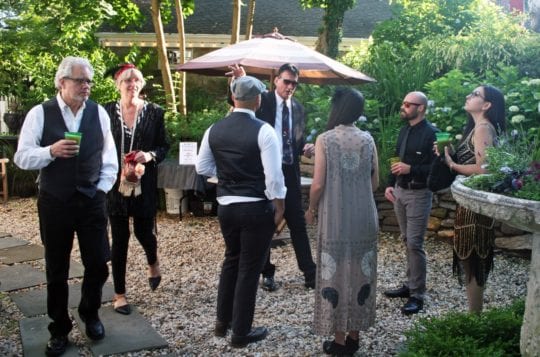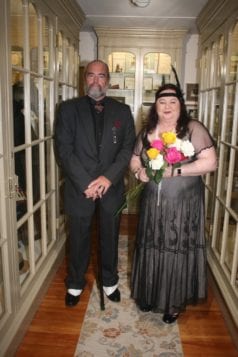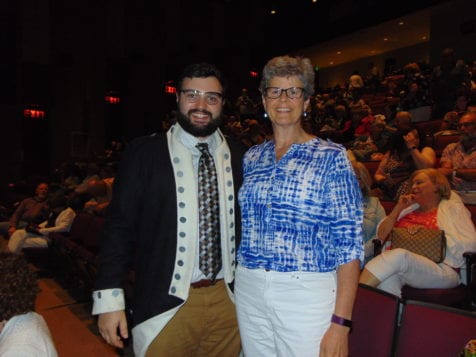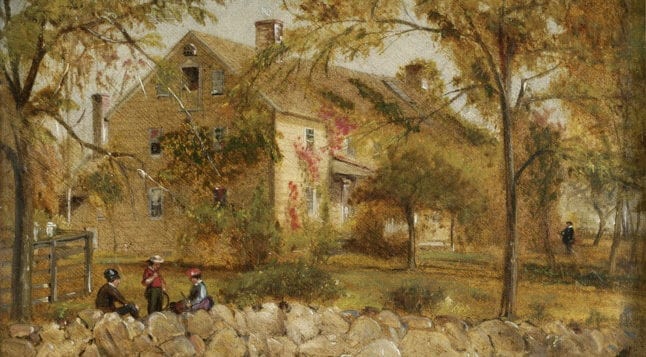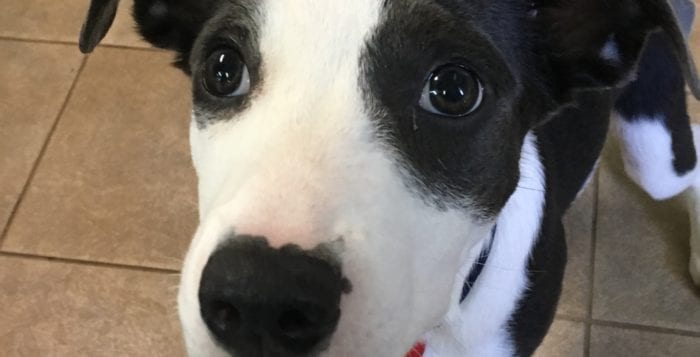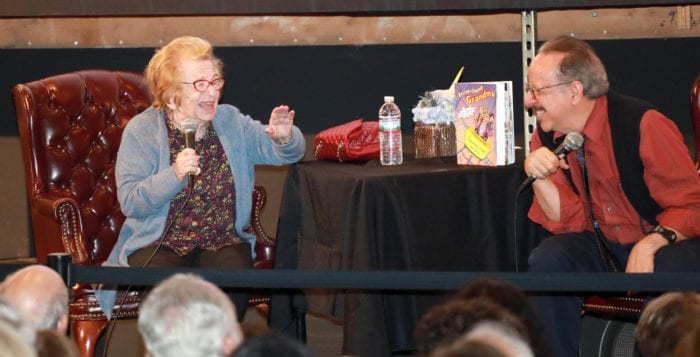Time, space and the heart of family
Reviewed by Jeffrey Sanzel
Long Island author Erika Swyler’s debut novel, “The Book of Speculation,” was an international bestseller, can be found on many of the Best Book lists of 2015, and was subsequently translated into multiple languages. It is an intimate and touching book, both sweet and eccentric.

In her sophomore outing, “Light From Other Stars,” she has created a powerful work that is no less affecting but now she has turned outward — delving into themes of time, space and responsibility. It is both science and speculative fiction of the best kind. The novel follows two threads: The first centers on Jan. 28, 1986, the day of the tragic explosion of the Space Shuttle Challenger; the second is over 50 years into the future. The two are woven together by the story of Nedda Papas.
In 1986, 11-year-old Nedda lives with her scientist father, whom she idolizes, and scientist-turned-baker mother, with whom she has a dysfunctional relationship. They reside in the fictional Easter, Florida, just on the edge of the launch. She is a young girl obsessed with space exploration. Unbeknownst to Nedda, her father has invented a machine (the Crucible) that alters the fabric of time.
The father’s motivation is one of the mysteries that is slowly unraveled throughout the course of the narrative. It is a wholly personal impetus that makes the repercussions all the more heart-breaking. The impact of the time alteration is varied, intriguing and truly chilling. It is a world that has been rent. One Easter resident laments, “My pools half froze and the half that’s not is boiling.”
Told alongside this story is adult Nedda on the spacecraft Chawla, journeying into another solar system. The crew has been sent from a dying Earth to colonize a new planet. Nedda and her three shipmates face untold challenges without and within as they journey millions of miles into the universe.
 Small details of the day-to-day struggle, both physical and emotional, are juxtaposed with larger themes and the crisis that they are immediately facing. From the first moments of the book, the stakes are genuinely high.
Small details of the day-to-day struggle, both physical and emotional, are juxtaposed with larger themes and the crisis that they are immediately facing. From the first moments of the book, the stakes are genuinely high.
While epic in scope, Swyler creates characters of depth and dimension. Their pain and hope are painted with the most telling of details. She understands the complicated relationship of parents and children: “[Nedda] forgave him, but added it to the tally of things her parents needed to make up to her.” And conversely: “Part of parenting entailed learning the exact expression your child made when you broke her heart, and knowingly breaking it again and again.”
Swlyer writes with equal authority the details of time and entropy as she does the deep ache of burgeoning childhood romance. Whether clearly explaining complex theories (both in space and baking) or describing a brutal and fatal car accident, she writes with vivid and visceral accuracy.
The plotting is sharp and her alternating between the two strands is smooth and logical. Her language has grown even more lyrical since her premiere novel. It is elevated prose but never loses its grounding and understanding of humanity:
Sometimes rightness was a feeling. Sometimes you didn’t know something worked until you touched or smelled it and saw where it fit. Denny was oranges, Ivory soap, and moss. Her dad was a hinge creaking, unbent paper clips, and boiling salt water. A launch was rain, ash, and eggs. Those things weren’t supposed to fit together, but they did.
Ultimately, the complicated themes of family and scientific creation are joined:
Your children were all your flaws shown to you in a way that made you love them: your worst made good. Inventions were your best attempt at beautiful thought. They were objective; they worked or they did not. They had purpose, whether they achieved it or not. They were yours always, in that they did not leave you, or turn away.
“Light From Other Stars” is a rich and rewarding read, told with tremendous insight and profound resonance. It is a book that will stay with you long after you’ve closed its cover
“Light From Other Stars” is available at Book Revue in Huntington and online through Bloomsbury Publishing (www.bloomsbury.com), Amazon, Barnes & Noble and Target. For more information on the author, visit her website at www.erikaswyler.com.







